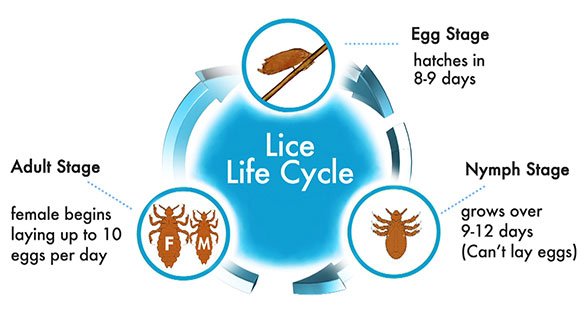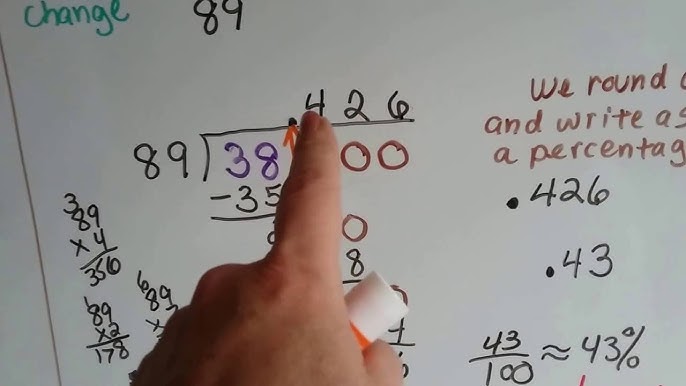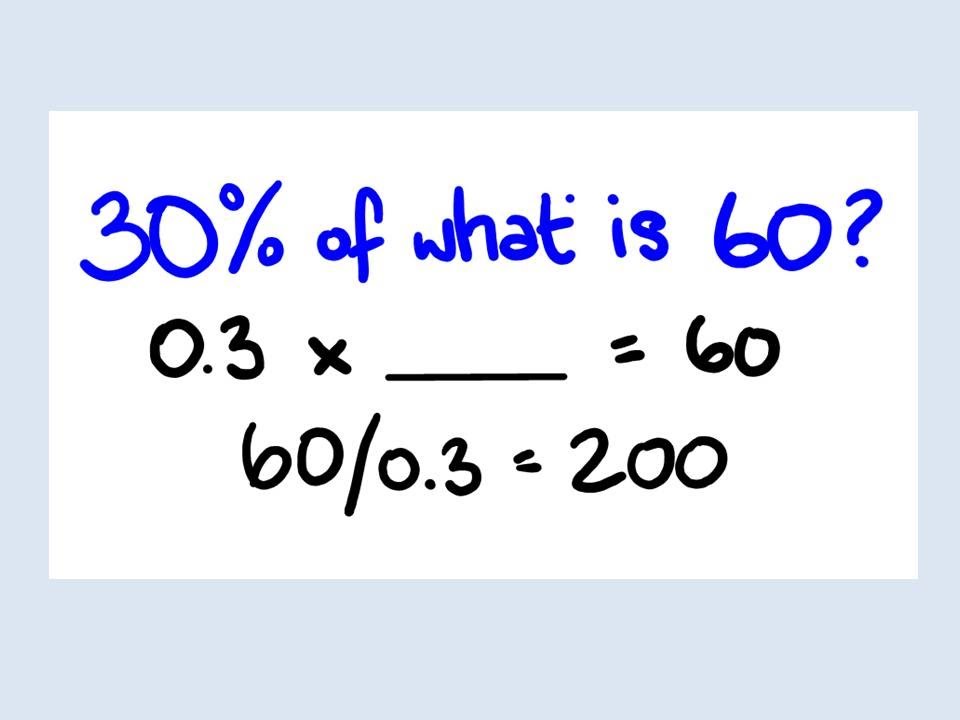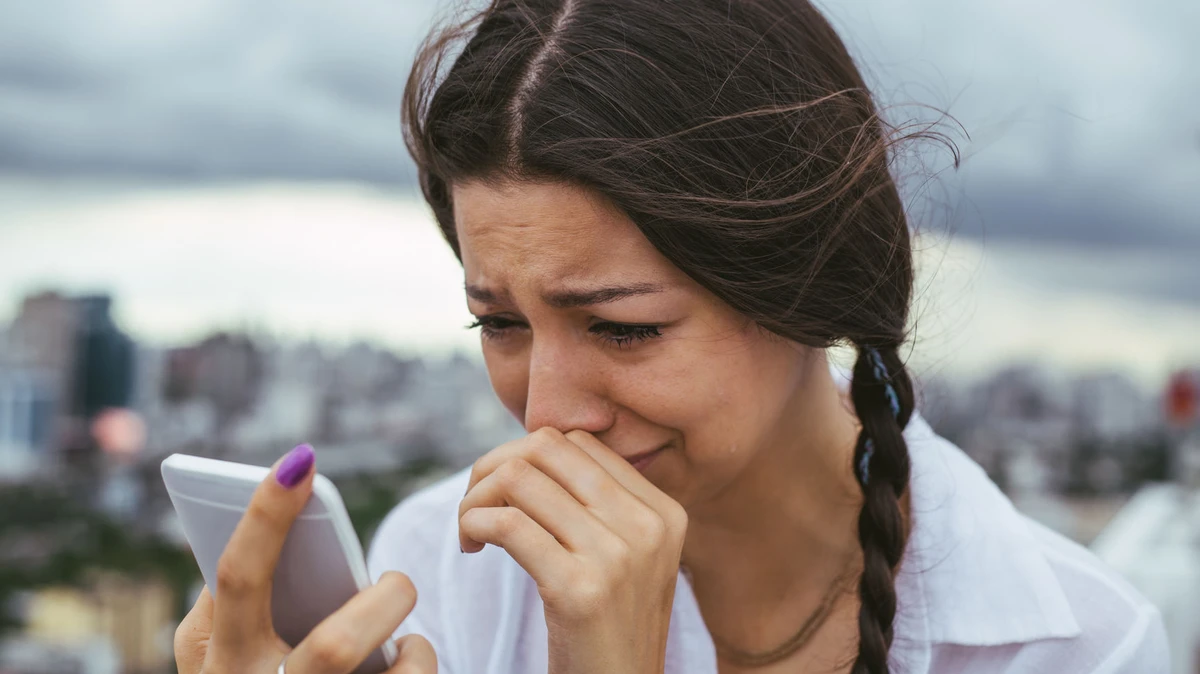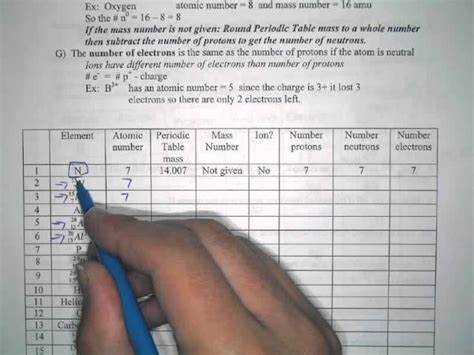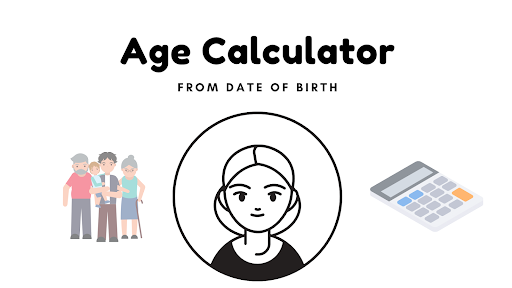how to calculate how long you have had lice
how to calculate how long you have had lice
Calculating the exact duration of a head lice infestation can be challenging, as lice can reproduce quickly, and the symptoms may not appear immediately. However, you can estimate the duration based on the life cycle of lice and when you first noticed the symptoms. Here's a general guideline:
-
Identify the Symptoms:
- Head lice infestations may cause itching, red bumps, or the presence of lice eggs (nits) on the hair shafts.
-
Consider the Life Cycle of Lice:
- Lice have three stages in their life cycle: nit (egg), nymph, and adult. The life cycle typically takes about 3 weeks.
- Nits take about 7-10 days to hatch into nymphs, and nymphs mature into adult lice in about 9-12 days.
-
Estimate the Duration:
- If you find adult lice, it's likely the infestation has been present for at least 3 weeks (the time it takes for nits to hatch and nymphs to mature).
- If you find nits, estimate when they were laid. The infestation could have started approximately 7-10 days before the nits were noticed.
-
Consider Reinfection:
- If you've treated the infestation and then notice new live lice or nits, you may have experienced reinfection.
-
How do you calculate how long you've had lice?
- Estimating the duration involves considering the life cycle of lice, which typically takes about 3 weeks. If you find adult lice, it suggests the infestation has been present for at least 3 weeks. If you find nits, you may estimate when they were laid, with the infestation likely starting around 7-10 days prior.
-
How long do you have lice before you realize it?
- The time it takes to realize a lice infestation varies. It could be days or even weeks before symptoms like itching or the presence of nits become noticeable. Some people may not experience symptoms at all.
-
How long does it take to get all lice out?
- Effective treatment depends on the method used. Over-the-counter or prescription medications are often used, and a follow-up combing with a fine-toothed comb is essential to remove dead lice and nits. Complete removal may take several hours or even days, depending on the severity of the infestation.
-
How long after exposure can you check for lice?
- Lice can be visible within a few days of infestation. If you suspect exposure, checking for lice immediately and then regularly for the next couple of weeks is advisable.
-
Can you be exposed to lice and not get it?
- Yes, it is possible to be exposed to lice and not get infested. Lice transmission typically requires close, prolonged head-to-head contact. The risk is lower in casual contact scenarios.
-
Do dead lice fall out of hair?
- Dead lice may remain attached to hair until they are physically removed. Combing the hair with a fine-toothed comb is essential to eliminate dead lice and nits after treatment. They may not necessarily fall out on their own.
Remember that these are general estimates, and individual cases can vary. It's important to follow appropriate treatment protocols recommended by healthcare professionals and thoroughly check for and remove all lice and nits to prevent a recurrence. If in doubt, consult with a healthcare provider for personalized advice.
